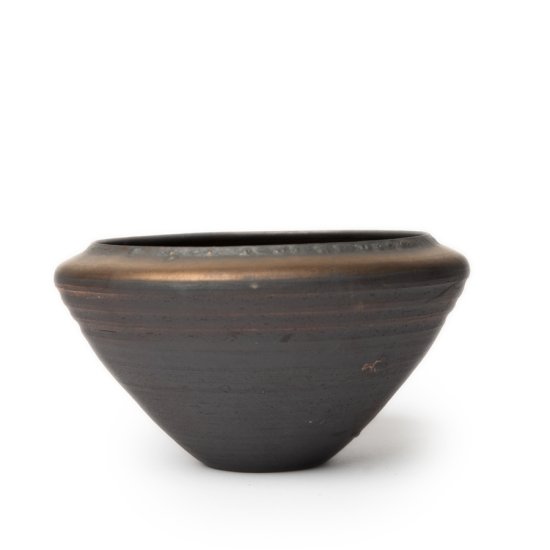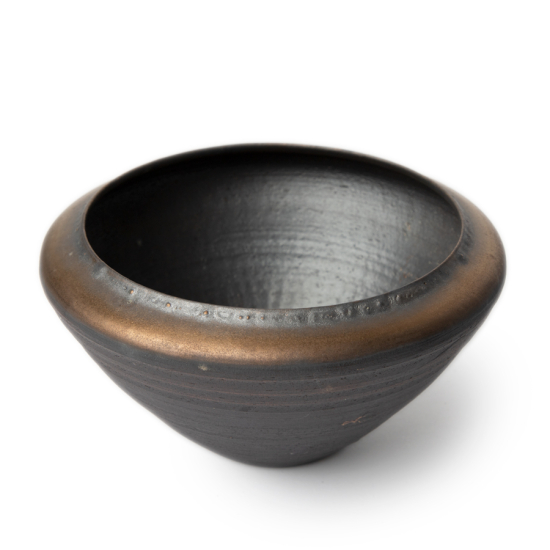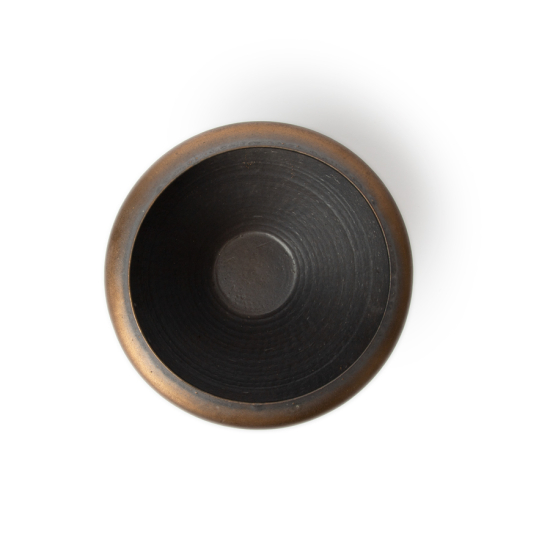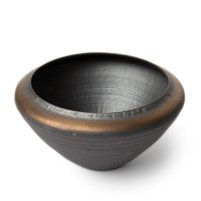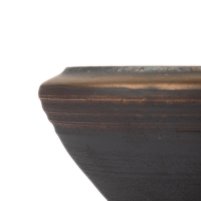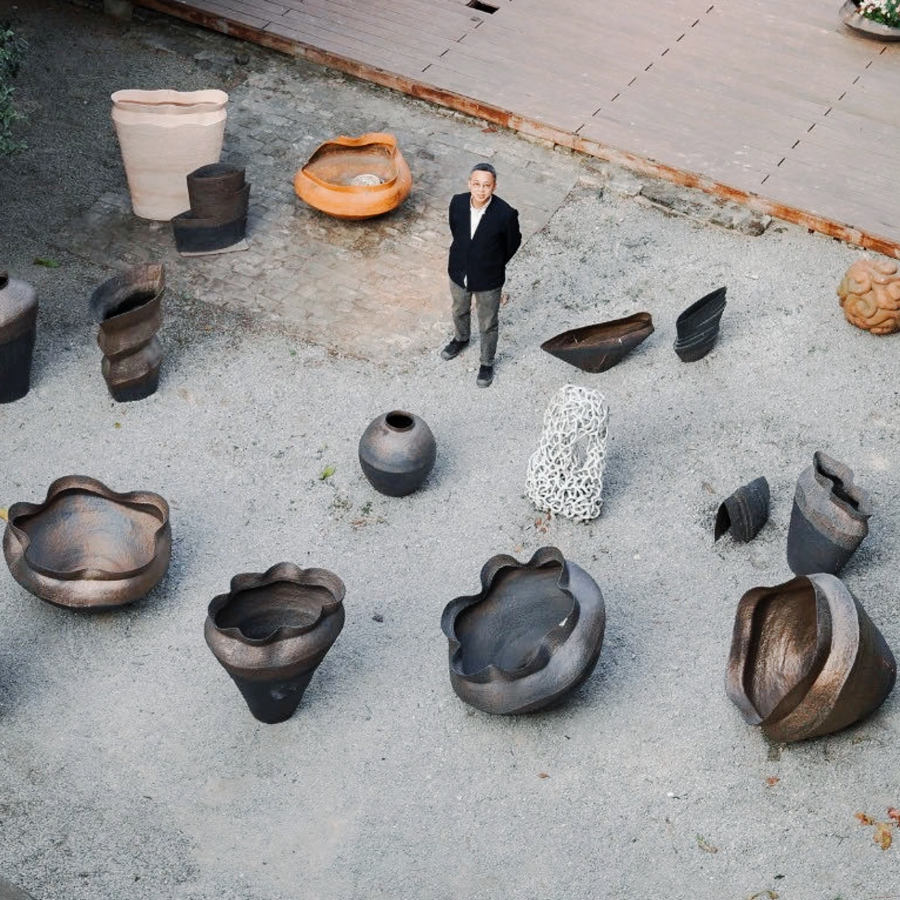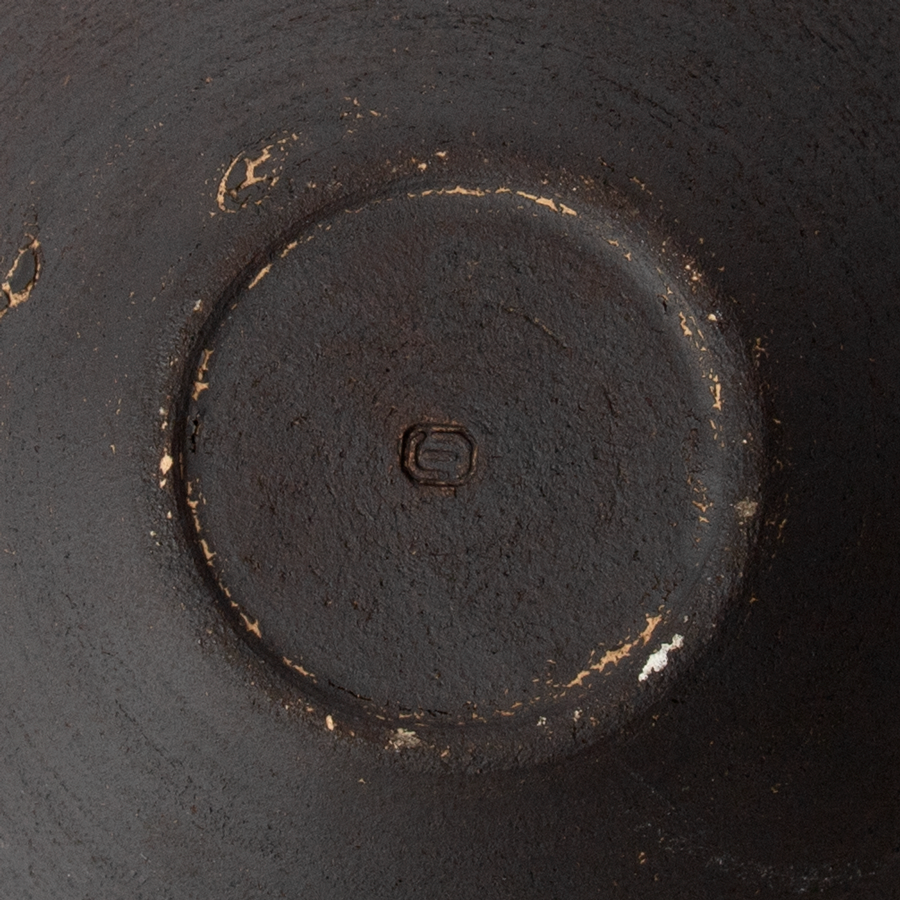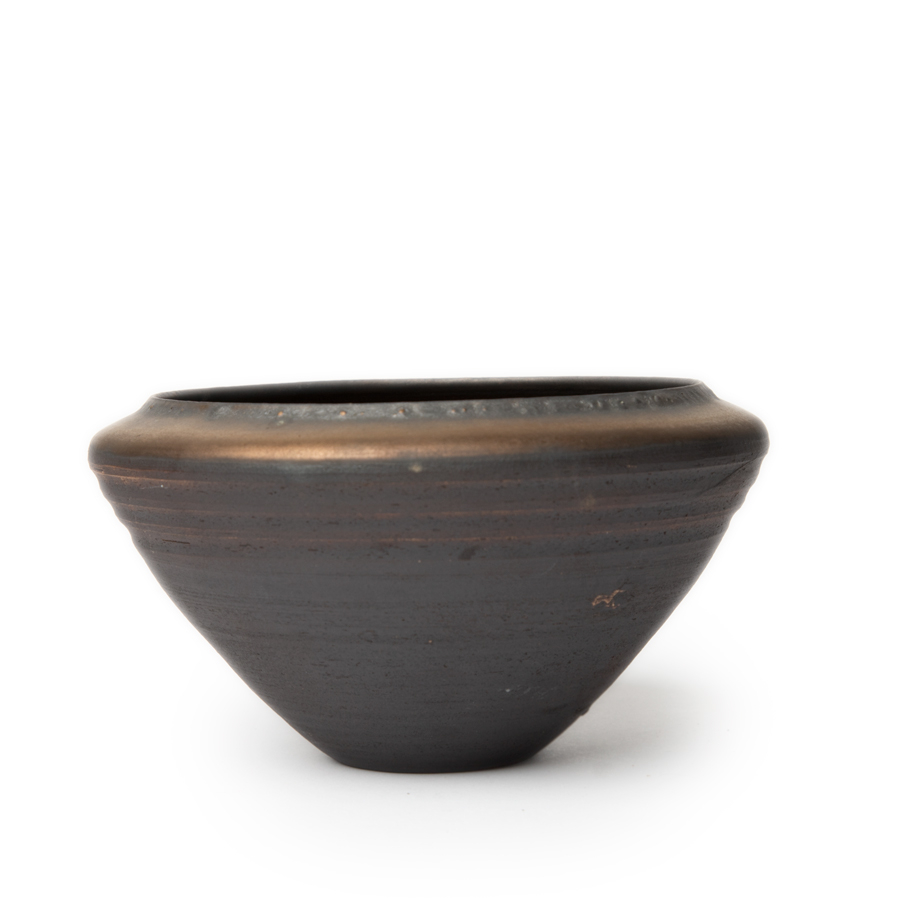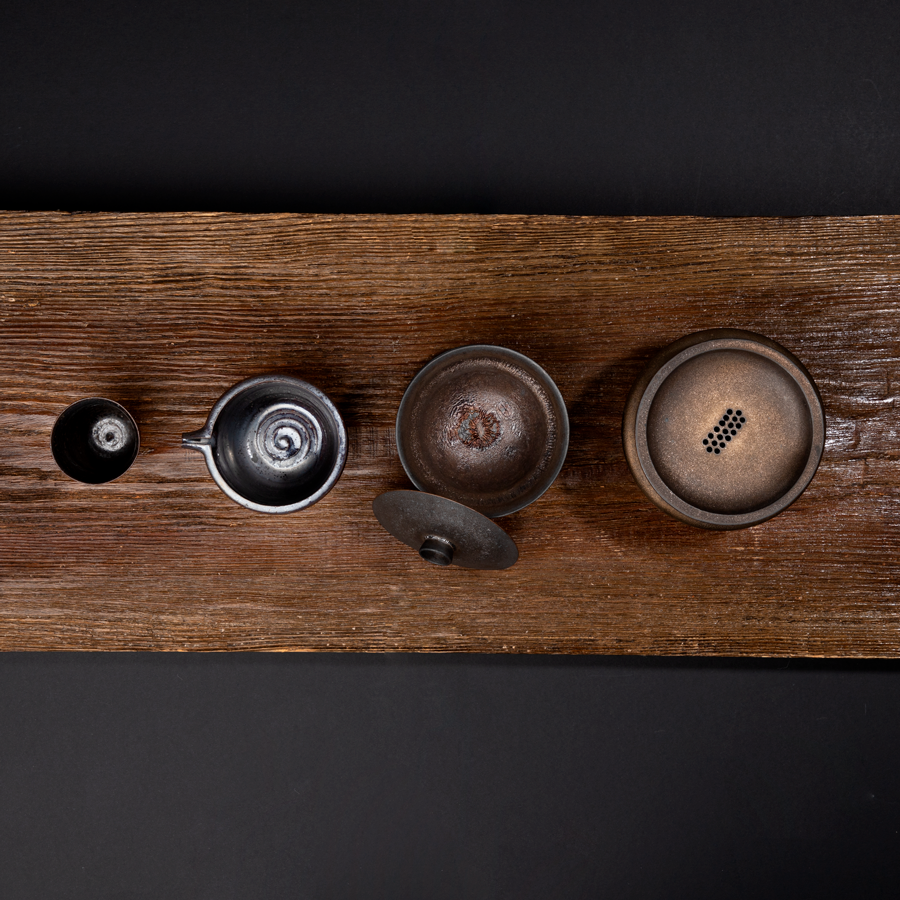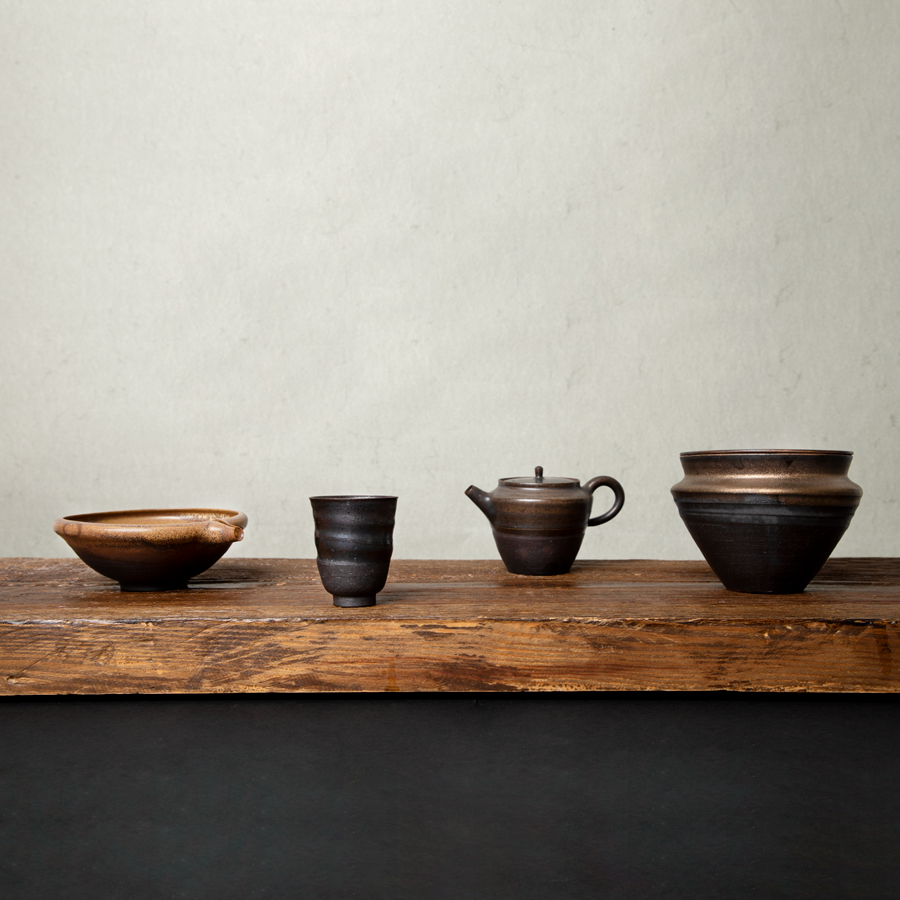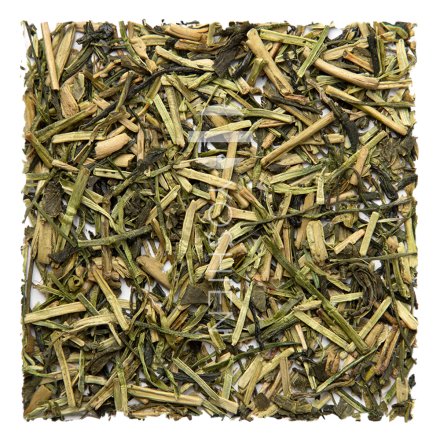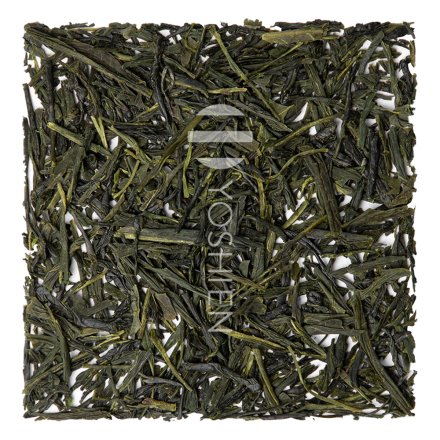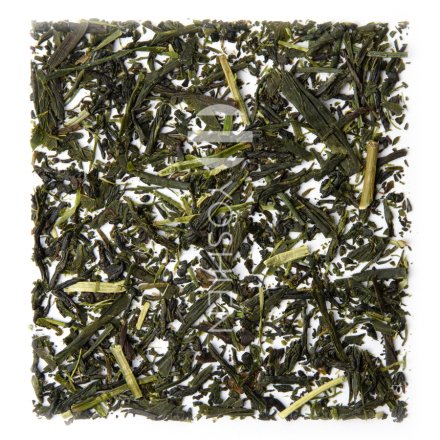Wash by hand with warm water and a soft cloth or sponge, using a mild detergent if necessary. Do not put in the dishwasher or microwave.
Jian Shui
Luo Jiao
Wu Haoyu
SKU
7056
Tapered Jian Shui pottery in exquisite gold colours, handcrafted by renowned Chinese artist Wu Haoyu. Made from handpicked Nixing clay from the mountains of Guangxi province. Made to contain excess water and tea grounds. Ideal for gongfu ceremonies or as an a statement piece in Japanese-style tea sessions. The term "Luo Jiao" (落礁) brings to mind a sunken reef in the ocean, thereby forming a poetic bridge to the water that accumulates in the Jian Shui when used to collect excess tea.
| Product | Jian Shui | ||
| Artist | Wu Haoyu | ||
| Origin | Nanning, Guangxi | ||
| Dimensions | H 7.3cm x 10.7cm, Ø 7cm | ||
| Volume | 150ml | ||
| Weight | 70g | ||
| Material | Ceramic from Nixing clay | ||
| Artist stamp | Stamp of the studio on the bottom | ||
| Packaging | Beautiful gift box |
In stock



